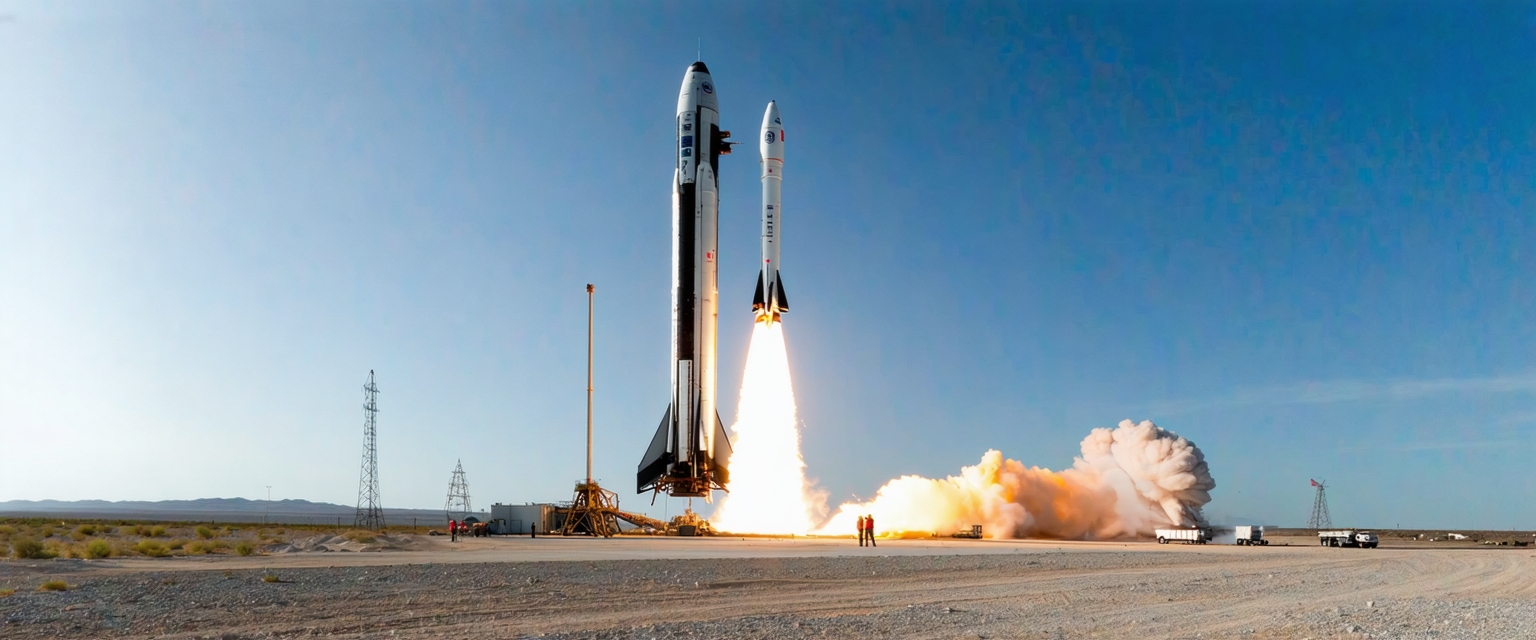






SpaceX recently conducted a successful static fire test of its Starship Super Heavy booster, marking a significant step forward in the development of a fully reusable spacecraft system. This test paves the way for an upcoming orbital flight test, a crucial milestone in achieving SpaceX’s ambitious goals for space exploration and colonization.
Starship, a fully reusable transportation system, consists of two main components: the Super Heavy booster and the Starship spacecraft. The goal is to create a robust and affordable system for transporting large payloads and humans to Earth orbit, the Moon, Mars, and beyond. Previous tests have encountered setbacks, but SpaceX has continuously improved the design and manufacturing process.
The recent static fire test involved igniting all 33 Raptor 2 engines of the Super Heavy booster simultaneously. This test successfully demonstrated the engines’ coordinated operation, a critical component for a successful launch. Data collected from this test will be crucial in preparing for the orbital flight test.
While previous tests have seen some engine failures, this test appears to have demonstrated a marked increase in the reliability of the Raptor 2 engines, increasing confidence in the overall system readiness for the orbital flight test.
A successful orbital flight test would represent a monumental achievement in space technology. It would showcase the capabilities of a fully reusable, heavy-lift launch system, potentially revolutionizing access to space and dramatically reducing the cost of space travel.
This has significant implications for both commercial and governmental space exploration endeavors. The potential for frequent and affordable launches opens up new possibilities for research, satellite deployment, and eventually, crewed missions to Mars and beyond.
SpaceX plans to conduct an orbital flight test in the near future, pending regulatory approval and further analysis of the static fire test data. This test will involve launching the entire Starship system, including the Super Heavy booster and the Starship spacecraft, into orbit. Success here will bring the world closer to the realization of SpaceX’s ambitious long-term goals.